How to Properly Water Indoor Plants: Best Tips for Healthy Houseplants
Learn how to properly water indoor plants with proven tips. Discover the best watering methods, common mistakes, and keep your houseplants thriving.
Watering indoor plants might sound simple, but a few everyday mistakes can make life tricky for even the toughest greenery. Getting it right means plants stay vibrant, disease-free, and actually grow the way they’re supposed to. After plenty of trial and error (and a couple of sad leafy casualties along the way), here is my take on how to keep your indoor plants happily hydrated without turning your windowsill into a swamp.
Hello & welcome, My love of gardening spills over into my home, too. What started with a single anniversary orchid quickly grew into a full-blown passion for indoor plants. Over the years I’ve learned how to create cosy, green corners with houseplants that thrive, and now I share simple, confidence-boosting tips to help others enjoy the calm and colour that indoor plants bring to everyday life.
Garden Nest Living grew from a simple idea: to share my love of gardens and creating calm, beautiful spaces, both inside and out. When you buy through my affiliate links, you are allowing me to keep sharing inspiration, ideas and products… at no extra cost to you. Thank you for being a part of my journey!
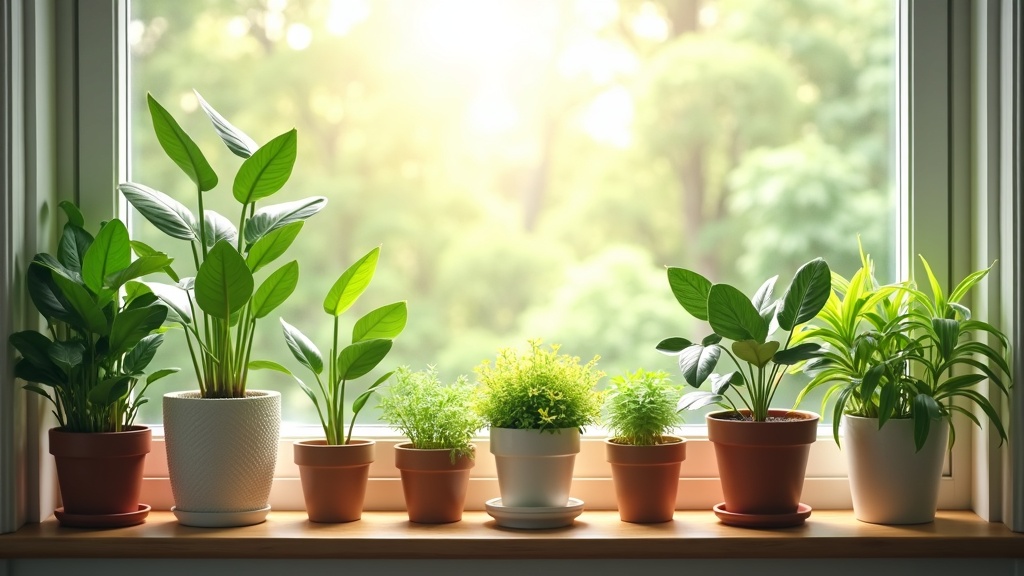
Understanding Your Indoor Plants’ Watering Needs
Low-Water Plants (Succulents, Cacti, Snake Plants)
Indoor plants are not all the same when it comes to thirst. Some are practically camel-like (I’m thinking cacti, succulents, and snake plants) and go weeks between drinks.
Moisture-Loving Plants (Ferns, Peace Lilies, Tropical Plants)
Others, like ferns, nerve plants, or peace lilies, need consistently moist soil to look their best.
Lumping all your plants together and watering them the same way usually leads to crispy tips or soggy, yellow leaves. Neither are good to look at, and both can be tough to fix.
How to Group Plants by Watering Preferences
A trick I like is grouping my plants by their water preferences. That way, if the succulents can go totally dry, I won’t confuse them with the moisture-loving tropicals nearby. It saves time and avoids those “whoops, I killed my cactus again” moments. Getting to know each plant’s needs takes a little patience, but it pays off as your indoor jungle flourishes.
How to Tell When Indoor Plants Need Water
Following a strict schedule (like watering every Sunday) doesn’t work most of the time. Some weeks are cooler and sometimes your soil dries much faster than you expect.
The Finger Test Method
The most reliable method by far is the “finger test.” Stick your finger about 2 inches into the soil. If it feels dry, it’s probably time to water. For succulents or plants that like going drier, I even let it go bone dry before watering.
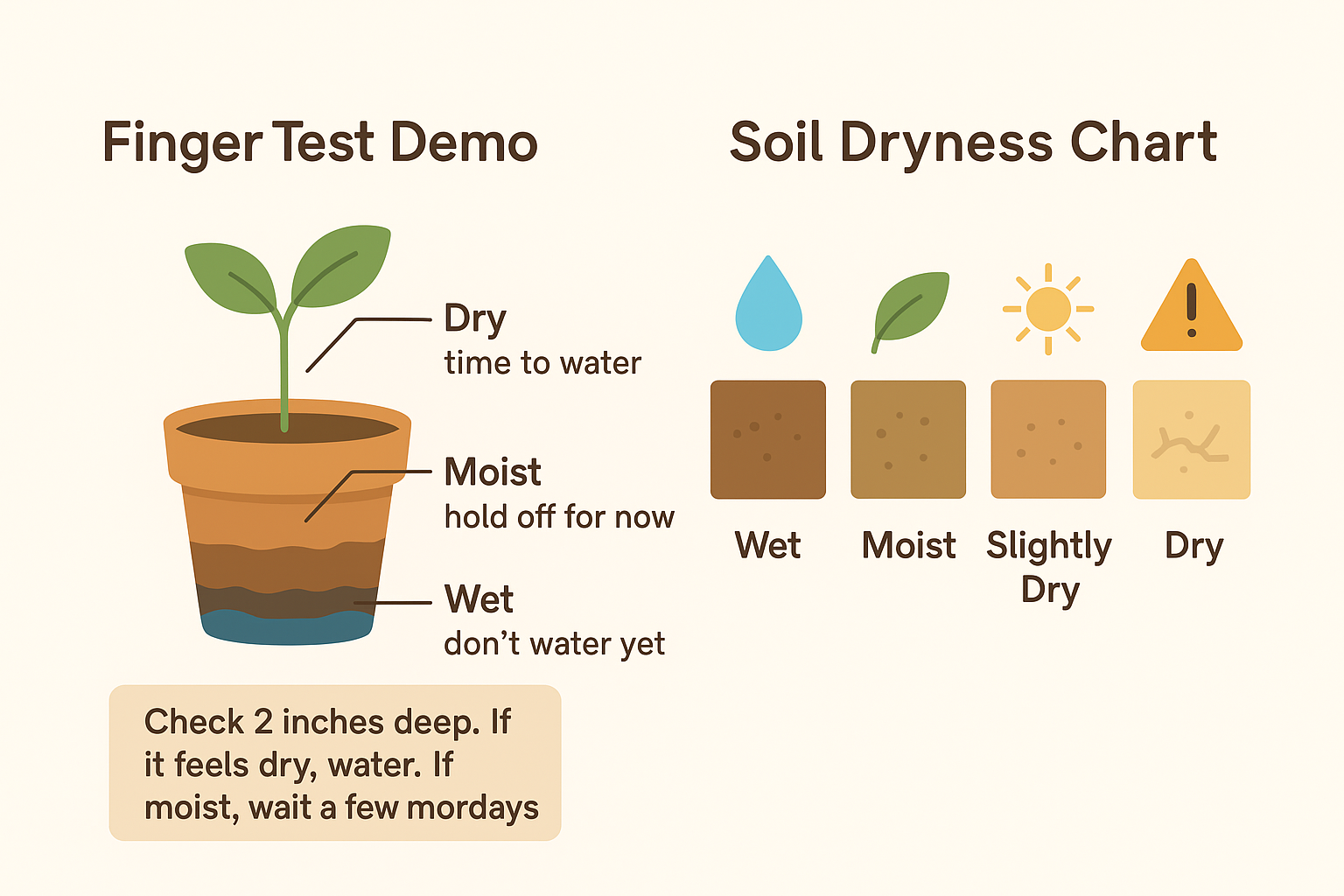
Best Ways to Water Indoor Plants
Top Watering Method (Soak and Drain)
For most houseplants, the goal is an even soak, not just a sprinkle. I pour water slowly onto the soil (not the leaves!) until a bit drains out the bottom. That way, the roots get a good, deep drink.
Bottom Watering Method (When to Use It)
Another good way to water your indoor plants is to fill the plant’s saucer or a tray with water, let the pot soak it up from below for 15 to 30 minutes, then tip out excess water. This works especially well for African violets and certain leafy plants since their leaves can be sensitive.
Avoiding Wet Leaves & Common Mistakes
Most plants do not like having wet leaves—this can lead to mould or brown spots. Aim to keep the foliage as dry as possible while still delivering enough water directly to the soil.
Both top and bottom watering methods can work, but the key is letting excess water escape and ensuring the roots get reached. Experiment with both to see what fits your routine best.
“Drench and drain”: A universally recommended technique by experts like plant expert Lisa Eldred-Steinkopf is to water thoroughly until water drains from the pot’s bottom, then allow the excess water to drain away completely. This method ensures the entire soil mass is moistened while also removing any potential stagnant water.
Why Good Drainage Is Essential for Houseplants
Preventing root rot with drainage holes
Here is a key lesson I learned early: the pot absolutely needs a drainage hole. Even decorative planters can work as long as you keep the plant inside a plastic pot and pull it out for watering. Without drainage, water pools at the bottom, roots suffocate, and before you know it, the plant starts to droop or rot.
Decorative pots vs. functional pots
If you find a fancy pot with no drainage, use it as a cover, not as the actual pot housing the plant itself. This lets you keep your style and your plants healthy at the same time.
When and How Often to Water Indoor Plants
Morning vs. Evening Watering
I water most of my indoor plants in the morning. During the daytime, they get a chance to soak up moisture while light and warmth help dry off any excess. Watering in late evening raises the risk for overnight soggy conditions, and mould or fungus tends to form more in those situations.
Importance of Water Temperature
Using room-temperature water is really important too. Cold water can shock delicate roots, while hot water can easily harm them. I always aim for water that just feels neutral to the touch for all my plants.
Seasonal Watering Guide (Spring, Summer, Autumn, Winter)
Plants slow down in the cooler, darker months. Their water needs drop significantly from late Autumn through to Winter. I check them every week or two, but I barely water some of them during this period. When Spring returns and the days get longer and sunnier, I go back to checking the soil every few days, especially for the fast-growers or the ones near radiators. Adjusting with the seasons keeps things on track and prevents both overwatering and neglect.
Factors That Affect Indoor Plant Watering Frequency
Indoor Climate and Humidity
Indoor humidity plays a big role in how fast soil dries out. When my heating runs all winter, the air gets very dry, and plants need more frequent checks and sometimes a spritz of mist. In summer, with windows open and higher humidity, the soil stays moist longer.
Soil Types and Drainage Speed
Fast-draining soil with plenty of perlite, bark, or sand will dry out a lot quicker than a rich, peaty mix, so you’ll need to water more often. Adjust your watering routine as the seasons and indoor weather change to keep your plants thriving.
Light, Heat, and Placement in the Home
Keeping an eye on temperature is also smart. Heat and sunlight make water evaporate faster, so plants on a sunny windowsill might need water much more often than ones tucked in a cool corner. Use trial and error, and track which plants dry out first. That way, you can catch any problems before plants have the chance to wilt.
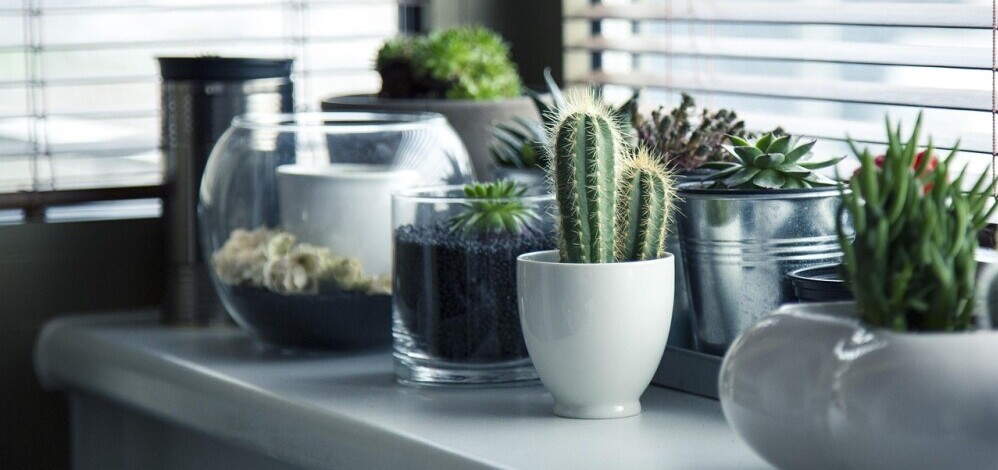
How to Avoid Overwatering and Underwatering
Symptoms of Overwatering and How to Fix It
- Signs you’re overwatering: Yellow, limp, or dropping leaves, soil that stays wet for days, musty or mouldy soil, and an aroma you can only describe as “swampy.” Many times, it is also fungus gnats flying around.
- How to fix it: Hold off on watering until the soil dries completely. If things look bad, remove the plant, snip off mushy roots, wash out the pot, and re-pot in fresh soil.
Symptoms of Underwatering and How to Fix It
- Signs you’re underwatering: Droopy or wilted plants, brown crispy leaf edges, soil pulling away from the edges of the pot, or just no new growth for ages.
- How to fix it: Water a little more regularly, but only when the top two inches are dry. If your plant is drying out quickly, maybe it needs a bigger pot or more soil.
My First Hypoestes (Polka Dot Plant) – A Lesson in Overwatering
One of the very first plants I ever bought for myself was a Hypoestes, better known as the polka dot plant. It was small, colourful, and came with care instructions that sounded simple enough: keep the soil consistently moist (but not soggy) and give it plenty of indirect sunlight. Easy, right? I thought even I couldn’t get that wrong.
I carefully picked out a little pot, found what I thought was the perfect bright spot in our home, and proudly welcomed my new plant. At first, it seemed happy and healthy—its patterned leaves looked vibrant, and I felt confident I was doing everything right.
But after a while, I noticed the leaves starting to droop. Convinced the problem was underwatering, I increased the watering schedule. To my surprise, the more I watered, the worse it looked. Its once-perky leaves sagged further, and no amount of extra water seemed to help.
That’s when I finally stopped guessing and did some research. The truth? I wasn’t underwatering at all—I was overwatering. By giving it too much water, I had caused the roots to rot. Every “helpful” drink was actually making things worse. Sadly, my first little Hypoestes didn’t survive.
The silver lining? That experience taught me one of the most important plant care lessons: more water isn’t always better. Today, I have a new polka dot plant in my collection—this time armed with the knowledge and confidence to give it the care it truly needs.

My little Polka Dot plant now thriving in it’s own decorative pot.
Indoor Plant Watering Quick Guide
| Plant Type | Watering Frequency | Soil Preference | Special Notes |
|---|---|---|---|
| Succulents & Cacti | Every 2–4 weeks (let soil dry completely) | Fast-draining, sandy mix | Avoid water on leaves to prevent rot. |
| Snake Plant | Every 2–3 weeks (dry soil between waterings) | Well-draining potting mix | Tolerates neglect; overwatering causes root rot. |
| Peace Lily | Weekly (keep soil evenly moist) | Rich, well-draining mix | Wilts dramatically when thirsty but recovers quickly. |
| Ferns (Boston, Maidenhair) | 2–3 times per week (never let soil dry fully) | Moist, humus-rich mix | Enjoy higher humidity and regular misting. |
| African Violet | Weekly (bottom watering preferred) | Light, airy mix with good drainage | Avoid splashing water on leaves. |
| ZZ Plant | Every 3–4 weeks (drought-tolerant) | Well-draining mix | Thrives on neglect; let dry out fully. |
| Pothos / Philodendron | Every 1–2 weeks (top 2 inches dry before watering) | Standard potting mix | Easy-care; tolerates low light and occasional missed waterings. |
| Orchids (Phalaenopsis) | Every 7–10 days (let medium almost dry) | Bark-based orchid mix | Water in the morning; avoid water pooling in crown. |
| Herbs (Basil, Mint) | Every 2–4 days (soil slightly moist) | Rich, well-draining mix | May require daily watering in hot, dry rooms. |
Additional Indoor Plant Care Tips
Using humidifiers and misting
- Misting with a spray bottle or running a small humidifier helps tropical plants look lush, especially in dry environments.
Water quality tips (tap vs. filtered water)
- If tap water is very hard where you live, consider filtered or boiled and cooled water for the sensitive types.
- Always aim to water the soil, not the foliage, whenever you water from the top. This keeps your plants looking their best and prevents disease.
Cleaning and maintaining plant soil
- Remove any fallen leaves or debris from the soil surface after watering. This prevents mould and keeps pests away, making sure your plants stay in great shape all year.
FAQ: Everything You Need to Know About Watering Indoor Plants
What is the best way to water indoor plants?
The best way is to water the soil thoroughly until it drains out the bottom. For sensitive plants or very compact soil, try bottom watering. Avoid watering the leaves directly for most plant types.
Should you water indoor plants from the top or bottom?
Either method can work, but always make sure water drains well. Top watering is simplest, but bottom watering helps for plants with delicate leaves or soil that repels water. Choose the method that’s easiest to stick with.
How much water do most indoor plants need?
It varies, but most just need enough water to moisten the root zone. The right amount of water also depends on your plant’s size and pot type. Water until some water drains from the pot’s bottom, then let the soil dry to about two inches deep before watering again. Adapting as needed will help your plants thrive.
Is tap water okay for indoor plants?
Plain tap water works for most, but let it sit out 24 hours if you know your water is heavily chlorinated or if your plants are sensitive types. Filtered or rainwater is also good if you want to be extra careful. Always check for signs of stress if you change water sources.
The RHS has an amazing tutorial about Houseplants & Episode 4 is all about watering. Click Here to watch.
If you are planning to go on holiday but are worried about watering your houseplants, Hillier’s have a great guide!
Beginner’s Watering Routine Checklist for Indoor Plants
Step 1: Check the Soil First
Stick your finger about 1–2 inches into the soil.
If it feels dry, it’s time to water. If it’s still damp, wait a few more days.
Step 2: Pick the Right Time of Day
Water in the morning so plants can absorb moisture during the day.
Avoid late evening watering, which can encourage mould and root problems.
Step 3: Use the Right Water
Room-temperature water is best (cold can shock roots, hot can damage them).
If your tap water is very hard or chlorinated, let it sit out for 24 hours or use filtered/rainwater.
Step 4: Water Evenly and Thoroughly
Pour water slowly over the soil, not the leaves.
Keep watering until a little drains out from the bottom of the pot.
Step 5: Empty the Saucer
After 15–30 minutes, tip out any water left in the saucer or tray.
Standing water leads to root rot and fungus gnats.
Step 6: Watch for Signs of Stress
Overwatering: yellow leaves, soggy soil, mouldy smell.
Underwatering: crispy leaf edges, drooping stems, soil pulling away from the pot.
Step 7: Adjust for Seasons & Climate
In summer: check soil every 2–3 days (plants dry out faster).
In winter: check once a week or less (plants use less water).
Factor in light, humidity, and pot size.
Step 8: Keep Notes
Track when and how much you water in a notebook or phone app.
Patterns will help you spot which plants need more/less attention.
Final Thoughts: Watering Wisdom From Experience
From that very first orchid my husband gave me, I discovered that proper watering is at the heart of keeping plants healthy and beautiful. Over the years, I’ve seen how paying attention to soil moisture, seasonal changes, and each plant’s unique needs can make all the difference. By following these simple watering tips and observing how your plants respond, you’ll set your indoor garden up for long-term success. With the right balance—not too much, not too little—your plants will reward you with lush growth, vibrant leaves, and the satisfaction of knowing you’re giving them exactly what they need.
Author Bio: Growing a Love for Indoor Plants
My passion for gardening doesn’t stop at the back door—it also extends indoors. About ten years ago, my husband gave me a stunning orchid for our anniversary, and that single gift sparked a whole new interest: indoor plants.
I quickly became fascinated with the idea of bringing greenery and nature indoors, and I began researching everything I could about indoor plant care tips and how to create the right conditions for houseplants to thrive. Once again, the Royal Horticultural Society became an invaluable source of guidance, teaching me how to care for a wide variety of houseplants.
What started as a single orchid soon grew into a collection. Along the way, I learned everything from how to grow orchids at home to choosing the best low-maintenance houseplants for busy lifestyles. I soon realised I wasn’t alone—many people share the same desire to create lush, green indoor spaces.
This inspired me to share my houseplant advice so others can enjoy the benefits of indoor plants too. Whether you’re a beginner looking for simple tips or someone hoping to expand your collection, my goal is to help you build confidence and create a home filled with greenery.
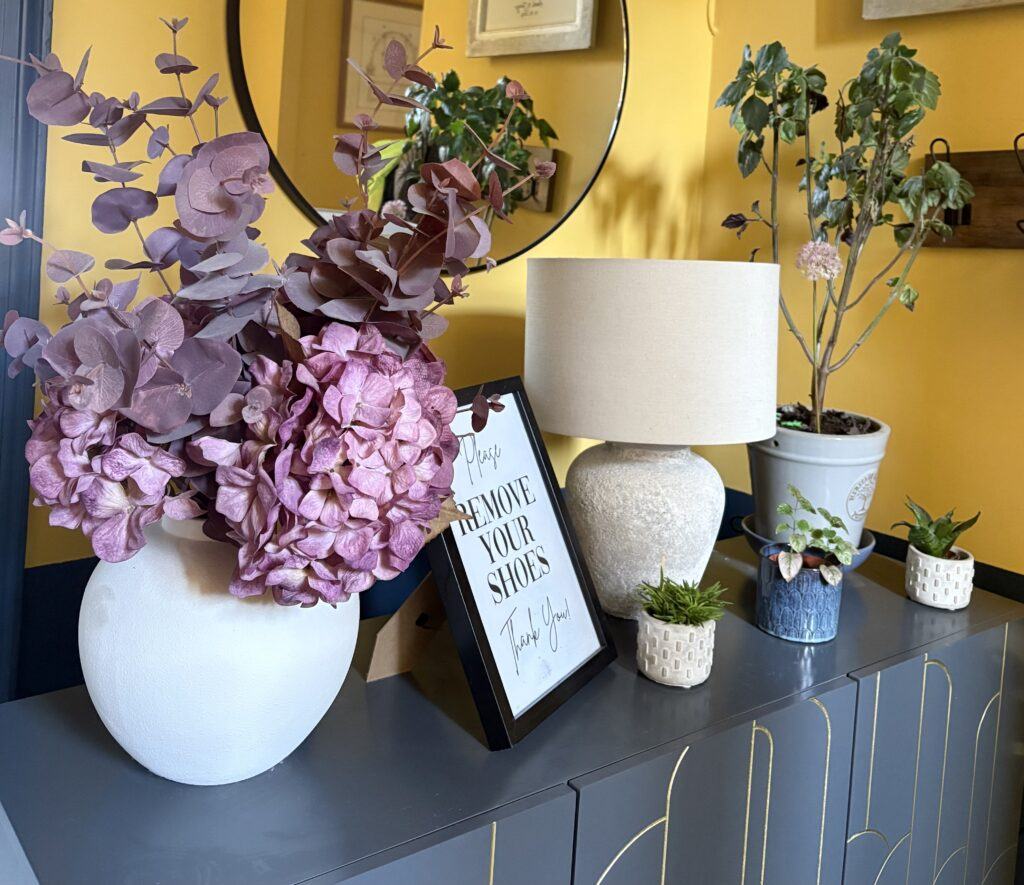
Small indoor plants on the sideboard in our hallway & artificial stems in a vase for decoration.
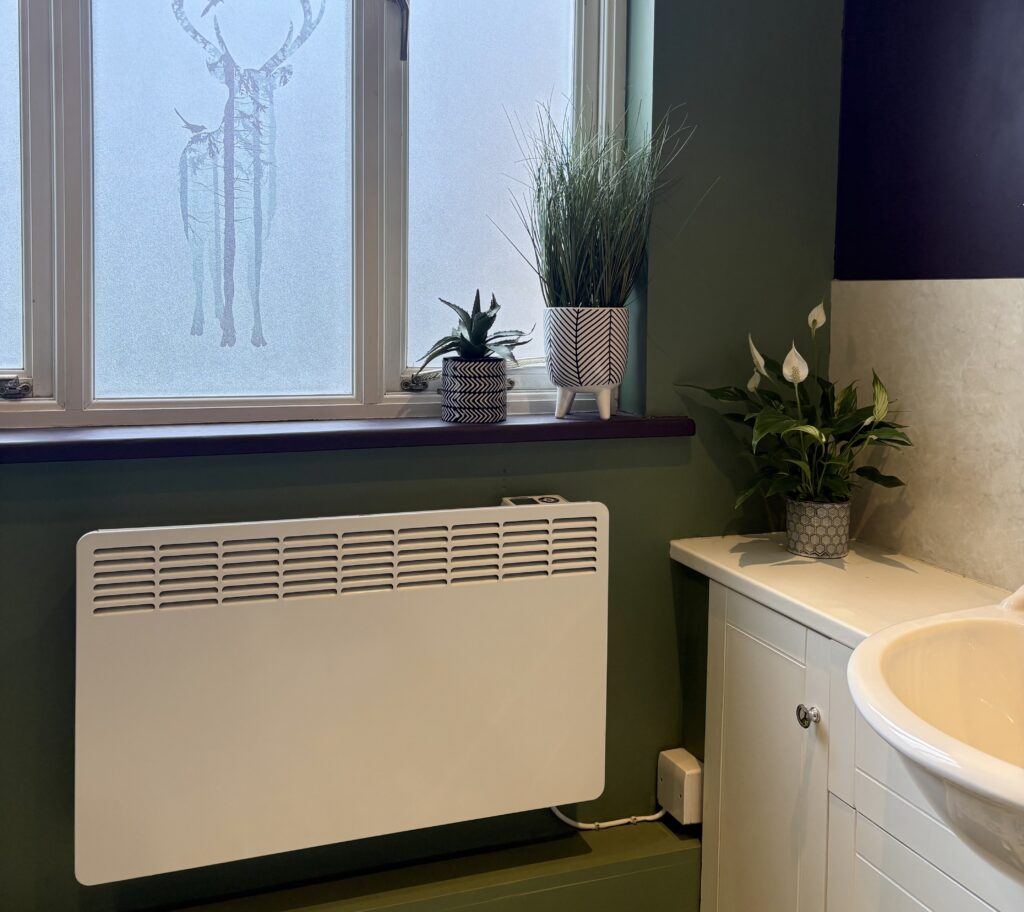
Peace Lily in our bathroom & two artificial plants for decoration.
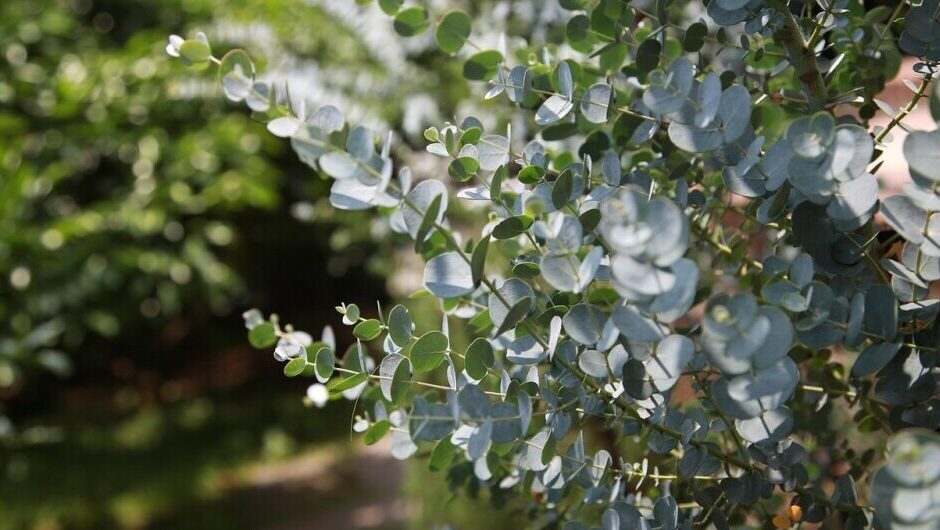
This guide about plant watering is really helpful—I enjoyed reading it. It gave me a better understanding of why plants need water, and I realized it’s not as simple as just thinking of them like humans being thirsty. In fact, plants can often survive longer than we expect without water, depending on their type. My parents used to water plants a long time ago, but I never thought much about the details back then. I didn’t know about the finger test, but it sounds like a practical approach compared to just following a strict schedule.
A question though:
One thing I am wondering though: for people who travel often, is it better to use self-watering pots or to rely on those watering spikes you can fill before leaving? I think it could save plants from drying out while keeping the roots from being overwatered.
I’m glad you found the guide helpful! Great question about travel — both options work, but it depends on your plants and trip length. Self-watering pots are more reliable for longer periods and sensitive plants, while watering spikes are a handy short-term fix. If you travel often, I’d suggest self-watering pots for peace of mind.
Hi Jenny,
What a wonderfully helpful and relatable article! I felt like you were speaking directly to me, a fellow plant lover who has also had a few “sad leafy casualties” along the way. Your personal journey from that first orchid to an indoor jungle made it so genuine and engaging.
I found your breakdown of different plant needs and the “finger test” advice to be absolute gold. It’s a simple tip I’ve heard before, but the way you explained it finally made it click for me. The quick-reference guide at the end is fantastic—I’ve already saved a screenshot! It really drove home the point that there’s no one-size-fits-all approach, which is something I still struggle with. My peace lily is dramatic, but my snake plant truly thrives on my neglect!
I’m definitely going to start grouping my plants by their water preferences; that’s such a smart way to streamline care. I’m curious, with your large collection, how do you personally manage the different humidity needs for your tropical plants versus your succulents? And have you found any particular tools, like moisture meters, to be helpful, or do you swear by the trusty finger test?
Thank you so much for sharing your hard-earned wisdom. This is a guide I know I’ll be coming back to again and again
Best regards,
Mitιa
Hello,
Thank you so much for your kind words—I’m so glad the article resonated with you (and that the “finger test” finally clicked)! It sounds like you’ve already got a great handle on reading your plants’ personalities—peace lilies really do love to keep us guessing, don’t they?
For humidity, I keep it pretty simple. I group my tropical plants closer together so they create their own little microclimate, and I use a small humidifier near the most sensitive ones, especially in winter when indoor air gets dry. The succulents stay in a separate spot where they can enjoy plenty of airflow and drier conditions.
As for tools, I do have a moisture meter, and it can be handy for double-checking tricky pots or deeper planters—but honestly, the finger test is still my go-to. It’s quick & free!
I love that you’re thinking about grouping by water needs—it makes such a big difference in day-to-day care! Wishing you and your leafy crew lots of happy growth ahead.
Jenny
Thank you for this most helpful table to explain when and how to water indoor plants. Reading this, I can see that I have been watering way too much, which is probably the reason my plants don’t look so healthy. I also found out recently that the African Violet needs to be watered from the bottom so you don’t wet the leaves.
Do you recommend plain water for orchids or the orchid fertilizer that the shops sell. Some people tell me water is better and others say use the special orchid fertilizer when watering.
You’re very welcome—I’m glad the table was helpful! You’re absolutely right about African Violets; bottom watering really does keep their leaves healthier. For orchids, plain water is fine for regular watering, but they do benefit from orchid fertiliser. A good approach is to water them normally most of the time, and then use a diluted orchid fertiliser (usually about once a month, or as directed on the package) to give them the extra nutrients they need for strong roots and blooms. That way, you get the best of both worlds—consistent hydration and occasional feeding.
I am fairly new to growing indoor houseplants, you see I have always been an outdoor gardener until the past 5 years. Some of my houseplants do survive, but more of them I have killed I think by overwatering them. So learning about watering them properly is the key to my houseplant success, so that is why I came on your website.
I have a passion for orchids, but was afraid to invest in them in case I might kill them. Living in an apartment in Pennsylvania we don’t receive much sunlight during our winter season for plants.
Your list of plants and their water requirements is extremely helpful for me to know. I thought about ordering a moisture meter, what are you thoughts on this nifty gadget.
Jeff
Thank you for sharing your experience—it’s wonderful to hear how you’re branching into houseplants after years of outdoor gardening! Overwatering is such a common challenge (you’re not alone there!), and it’s great that you’re focusing on watering practices first.
Moisture meters can definitely be a useful tool, especially when you’re just starting out and want a little reassurance. That said, I still personally prefer the simple “finger test”—feeling the soil about an inch or two down gives you a very reliable sense of when your plant needs water. Over time, you’ll get to know your plants’ needs through touch and observation.
As for orchids, don’t be afraid to give them a try! Many types, like phalaenopsis, are more resilient than they look, and with a little attention to watering and light, they can thrive—even in apartments with limited winter sunlight.
Wishing you lots of success and enjoyment with your indoor garden!